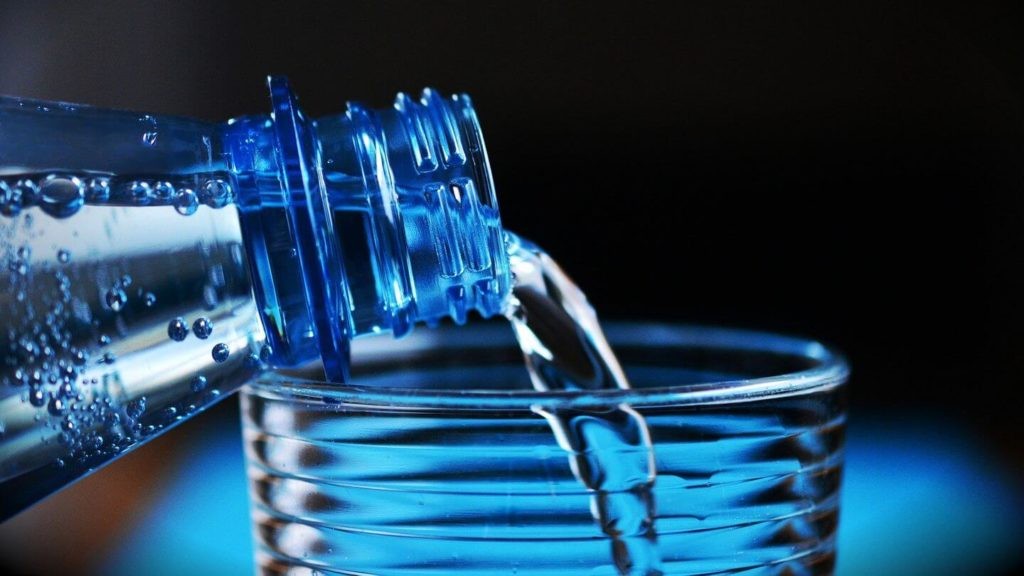India, a land celebrated for its vibrant culture and breathtaking landscapes, is equally renowned as a gastronomic paradise. From aromatic curries to tantalizing sweets, the sheer variety of Indian cuisine is enough to make any foodie’s heart skip a beat. However, before diving headfirst into this culinary adventure, it’s crucial to address a pressing concern: Is Indian Street Food Safe?
Navigating the bustling streets of India, you’ll inevitably encounter a plethora of street food vendors, each offering a unique and tempting array of dishes. While the allure of these culinary delights is undeniable, it’s essential to exercise caution and make informed choices to avoid the dreaded “Delhi Belly.”
Understanding the Risks: What to Avoid
While not all Indian street food is unsafe, certain items pose a higher risk of contamination. Here are some key things to avoid:
1. Tap Water and Ice
Never consume tap water in India. Even if locals appear to be drinking it without issue, their bodies have likely developed a tolerance. Tap water can harbor harmful bacteria like E. coli, which can cause severe illness. Stick to bottled water, ensuring the seal is intact before drinking. Similarly, avoid ice in your drinks, as it’s often made with tap water. When ordering beverages, learn to say “without ice.” Street-side fresh fruit juices are also best avoided, as vendors often use tap water in their preparation.
2. Raw Fruits and Vegetables
Unwashed fruits and vegetables can carry bacteria and pesticides. Follow the rule: “cook it, peel it, or leave it.” Opt for fruits you can peel yourself, like bananas, and ensure the peel is undamaged. Avoid pre-peeled fruits like pineapples or mangoes, as they can be breeding grounds for bacteria. Salads should also be avoided, as the raw vegetables may not be thoroughly washed.
3. Gol Gappe (Pani Puri)
These popular street snacks consist of crispy, hollow breads filled with flavored water. The water is often the culprit, so unless you’re certain it’s made with safe drinking water, it’s best to avoid them.
4. Golas (Flavored Ice Candies)
These colorful ice candies are tempting on a hot day, but they’re often made with tap water, stored in unsanitary conditions, and use unsafe food coloring and syrups.
5. Meat from Street Vendors
Meat from street stalls and markets is highly susceptible to bacteria and parasites. India is a vegetarian haven, so explore the incredible variety of vegetarian dishes.
6. Cheese (Especially Sold Loose)
Cheese can easily be contaminated with bacteria like staphylococcus aureus, which can cause severe food poisoning. If you want to try cheese, opt for paneer, an Indian cheese used in many dishes.
7. Bhut Jolokia (Ghost Pepper)
This is one of the hottest chili peppers in the world. Unless you have a very high tolerance for spice, it’s best to avoid it.
8. Too Much Spicy Food
Indian cuisine often features intense chili flavors. Start slowly and proceed with caution, as too much spice can act as a laxative. Learn the local phrase for “no chili” and have antidotes like bread, yogurt, and rice on hand.
9. Paan Masala
Marketed as a mouth freshener, paan masala is a toxic blend of tobacco, areca nut, and other carcinogenic ingredients. Avoid it at all costs.
10. Room-Temperature Food
Avoid buffets or restaurants where food has been sitting out for a long time. Room-temperature food is a breeding ground for bacteria.
Tips for Staying Safe and Healthy
- Wash Your Hands Frequently: Use soap and water or hand sanitizer, especially before eating and after using the bathroom.
- Keep Hands Away from Your Face: Avoid touching your mouth, nose, and eyes.
- Wipe Utensils: Use antibacterial wipes to clean cutlery, cups, and plates.
- Eat at Popular Locations: Ask locals or your tour guide for recommendations of reputable food vendors.
- Avoid Wet Utensils: Wet utensils may have been washed with tap water.
- Use Your Own Utensils: Consider bringing your own stainless steel straw or travel cutlery.
- Watch How Your Drink is Made: Observe the preparation process to ensure ingredients haven’t been sitting on ice.
- Ease into Indian Cuisine: The heavy curries and spices can be a shock to your system.
- Eat Local Food: Indian chefs know how to cook their own food well. Western food in India is often less reliable.
- Stay Hydrated: Drink plenty of bottled water and consider electrolyte sachets or tablets.
- Pack Safe Snacks: Bring granola bars or other snacks from home for long journeys.
- Consult Your Doctor: Discuss any necessary precautions or medications before your trip.
Trust Your Gut
Ultimately, trust your instincts. If a place looks dirty or the food doesn’t seem fresh, it’s best to avoid it. Even if you follow all precautions, you might still get sick. If you do, don’t panic. Remember it will pass. Maintain a sense of humor, be patient, and embrace your experience in this incredible culinary destination. By taking these precautions, you can minimize your risk and enjoy the amazing flavors of India without getting sick.
